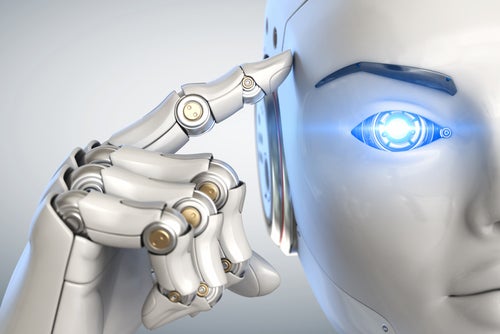
Concept: California’s technological startup Massage Robotics has introduced a robotics-based massage therapy system that does not rely on humans. The robotic system includes a massage table that features two six-axis collaborative robotic arms that are claimed to be safe for massage applications due to mass, speed, gearing, and software limits. The startup claims that the system is capable of offering services to humans of different dimensions.
Nature of Disruption: The robotic system is connected to Google Cloud Platform and leverages AI, ML, and Natural Language Processing (NLP) technologies that enable the users to talk to the system in their normal voice to control motion and force during a massage routine. It includes a suite of networked robots that collect data to gain experience in what humans like. The system leverages Big Data and a Deep Learning Recommendation Engine to learn to diagnose with increasing accuracy and prescribe massage routines with precision. It is programmed with proprietary algorithms and equations that process parameters including tool-ID, location, duration, path, speed, and force from a database. Massage Robotics’ system uses a proprietary calibration process to measure each user’s body coordinates while setting up a profile. The coordinates are then used in an algorithm that enables users to share routines. It is integrated with a mobile app that enables users to create personalized massage routines and share them publicly or privately.
Outlook: Massage is generally considered as part of integrative medicine and is increasingly offered along with standard treatment for various medical conditions and situations. Massage helps the patients to reduce stress and increase relaxation, reduce pain and muscle soreness, and improve circulation, energy, and alertness. The demand for massage therapies is increasing. However, it is limited by the lack of availability of experienced massage therapists. Massage Robotics claims that its massage robotic system can help the users get the full benefit of massaging and the users can control the various parameters of the therapy including speed, mass, and gearing.
This article was originally published in Verdict.co.uk



